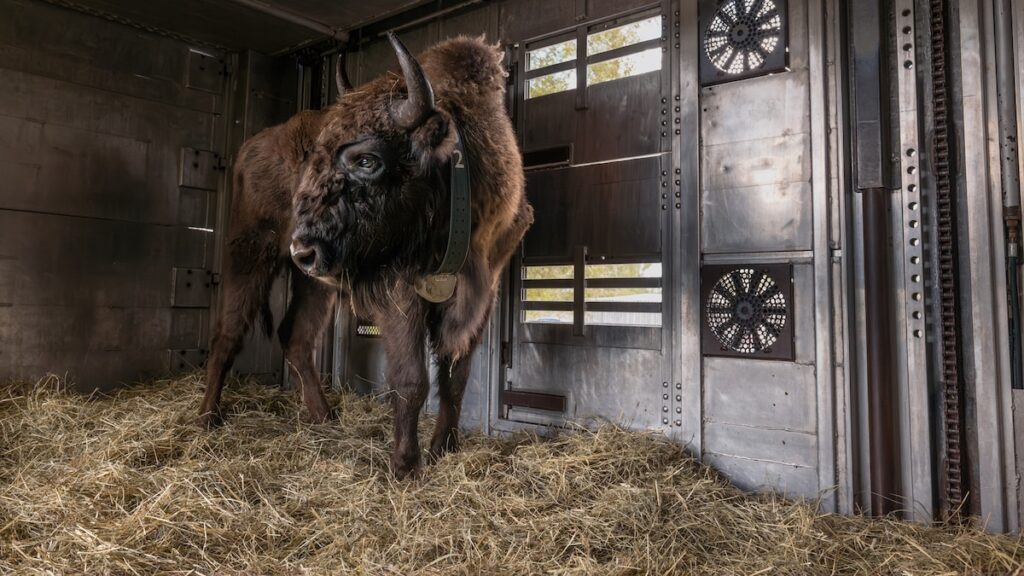The need to mitigate human-animal conflicts is a scenario that is set to play out increasingly across Europe, where, by 2030, an estimated 49 million acres of mostly remote and marginal land will be abandoned as agriculture wanes and urban areas continue to grow. Wolves, bears, and lynx, once persecuted to the verge of extinction but vigorously protected today by law, are rebounding in the EU, which now has 20,300 gray wolves—about two and a half times as many as in the much larger contiguous United States. Germany alone has close to 160 packs.
This historic opportunity for nature coincides with a landmark law passed in June to restore at least 20 percent of EU land and sea by decade’s end. Nonprofits such as Rewilding Europe, based in the Netherlands, and the Endangered Landscapes & Seascapes Programme, in the United Kingdom, envision the return of other animals that have not been seen for centuries, including elk, water buffalo, bison, beavers, and other large herbivores. As wildlife rebounds, there’s potential for tourism to boost declining rural economies. Even a single charismatic species can have enormous pull. Visitors who travel to Scotland’s Isle of Mull to see white-tailed eagles generate the equivalent of at least six million dollars a year for the island. Nature restoration on this scale can also provide services such as holding back flooding and soil erosion, restoring water tables, supplying pollinating insects for farming, and—crucially—storing carbon for climate resilience. With two billion dollars spent on the voluntary carbon market in 2022, it’s emerging as a major driver for rewilding.
In 2000 my husband, Charlie Burrell, and I put theories to the test in our own rewilding project on 3,500 acres of unprofitable farmland at Knepp Estate in West Sussex, England. Allowing thorny scrub to colonize our fields and then introducing red and fallow deer, old English longhorn cattle to stand in for their ancestor, the extinct aurochs, Exmoor ponies for the tarpan, and Tamworth pigs for wild boar, we have stood back and watched as biodiversity has soared. In just over 20 years, our depleted land has become a haven for some of the U.K.’s rarest species, including nightingales, turtle doves, and purple emperor butterflies, and draws thousands of tourists annually. I told our story in the book Wilding, now a documentary film, and Charlie, having helped establish the nonprofit Rewilding Britain, joined the board of Rewilding Europe.
Source link : http://www.bing.com/news/apiclick.aspx?ref=FexRss&aid=&tid=67056774165e4d2794d5781182cea549&url=https%3A%2F%2Fwww.nationalgeographic.com%2Fenvironment%2Farticle%2Frewilding-europe-national-park-romania&c=8489987621688000103&mkt=de-de
Author :
Publish date : 2024-10-08 06:16:00
Copyright for syndicated content belongs to the linked Source.
